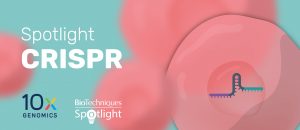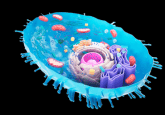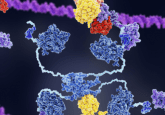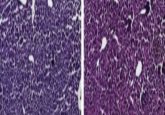CRISPR-PN2: a new way to study parasitic nematodes

A new online software for CRISPR experiments, called CRISPR-PN2 has been developed for a wide range of experiments in parasitic nematodes.
A web-based CRISPR tool, called CRISPR-PN2, has been developed by Damien M O’Halloran from The George Washington University (WA, USA). The CRISPR-PN2 software allows flexible control over the automated design of specific gRNA sequences for a wide range of experiments in parasitic nematodes.
Parasitic nematodes present a huge challenge to human health and economics globally. Drug treatments available to control parasitic nematode infections in humans are limited and reinfection is common. Therefore, the development of new drug substrates and vaccine targets is crucial to avoid morbidity and mortality in future.
CRISPR-PN2 is an updated version of a genome-aware CRISPR gRNA target predictor. The new software is designed to help the import of CRISPR technology into parasitic nematodes by providing a platform that automates the design of specific sgRNA sequences required for CRISPR experiments. The web-based tool presents researchers in the parasitic nematode community with a valuable new asset for their studies.
CRISPR is a key element of many lab scientists’ toolkits. In addition to its application in basic research, CRISPR is also being applied as a diagnostic and therapeutic tool, and is generating invaluable insights for drug discovery.
“CRISPR-PN2 deploys modern best practices in the design of nematode sgRNA targets and offers a flexible and intuitive user experience. Users can drop a DNA sequence into the target sequence field, and an appropriate PAM sequence, and select their parasitic nematode of choice,” explains O’Halloran.
O’Halloran recently spoke with BioTechniques in a ‘Peek Behind the Paper’ of his article and explained that he hopes his research will accelerate the establishment of CRISPR technology in more parasitic nematode species.
In the future, O’Halloran hopes to use CRISPR-PN2 to help reach his goal of developing CRISPR/Cas9 in insect parasitic nematodes.






